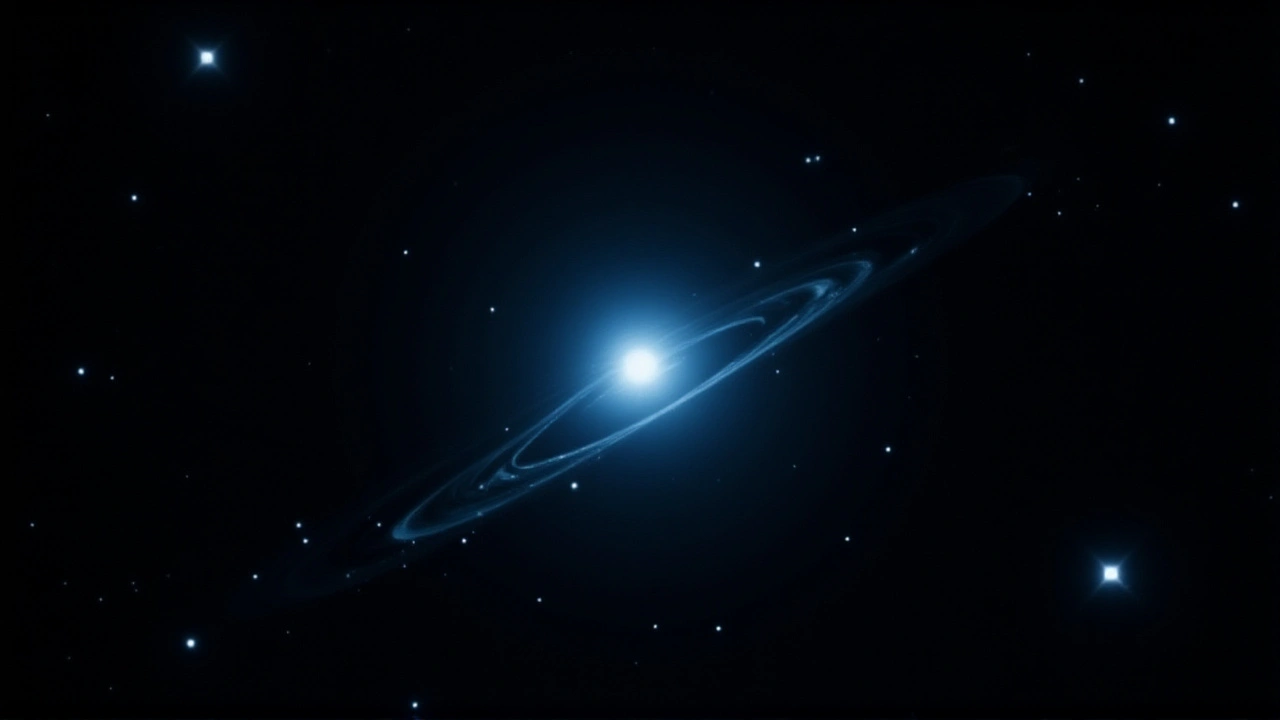Interstellar Comet: What It Is and Why It Matters
When working with interstellar comet, a naturally occurring icy body that travels through our solar system coming from another star system. Also known as extra‑solar comet, it differs from regular comets because its trajectory is hyperbolic, meaning it isn’t bound to the Sun and will leave after a brief visit. The first confirmed example, ‘Oumuamua, a cigar‑shaped object spotted in 2017 that showed unusual acceleration, sparked worldwide debate about the nature of these visitors.
Key Players, Observations & Scientific Value
Studying an interstellar comet requires rapid, coordinated telescopic work. NASA, the U.S. space agency that runs the Near‑Earth Object Program and ESA, the European Space Agency which contributes ground‑based radar and space‑based instruments often share data to map an object's speed, composition, and origin. The discovery of 2I/Borisov, the first clearly cometary interstellar visitor observed in 2019 confirmed that some of these bodies carry volatile ices, just like our own comets. Interstellar comet studies thus encompass astrophysics, planetary science, and advanced instrumentation. They also require quick decision‑making because the window for observation can be just a few weeks before the object exits the inner solar system.
The implications go beyond pure curiosity. Each hypervelocity visitor carries material formed around another star, offering a direct sample of another planetary system’s chemistry. By comparing the spectral signatures of ‘Oumuamua and 2I/Borisov, scientists can test theories about how planetary disks evolve across the galaxy. Moreover, tracking these objects helps refine impact‑risk models for future missions; the same orbital mechanics that predict a comet’s path also inform how we might intercept one for a fly‑by or sample‑return mission. In short, interstellar comets influence our understanding of the solar system’s place in the Milky Way and shape the next generation of space exploration.
Below you’ll find a curated list of recent stories that dive deeper into these themes— from the latest observations of wandering icy visitors to debates over their origins and the technology that makes fast‑response astronomy possible. Whether you’re a casual stargazer or a seasoned researcher, the articles ahead give you a clear picture of why these fleeting visitors are such a big deal for science and for humanity’s quest to explore beyond our own star.


